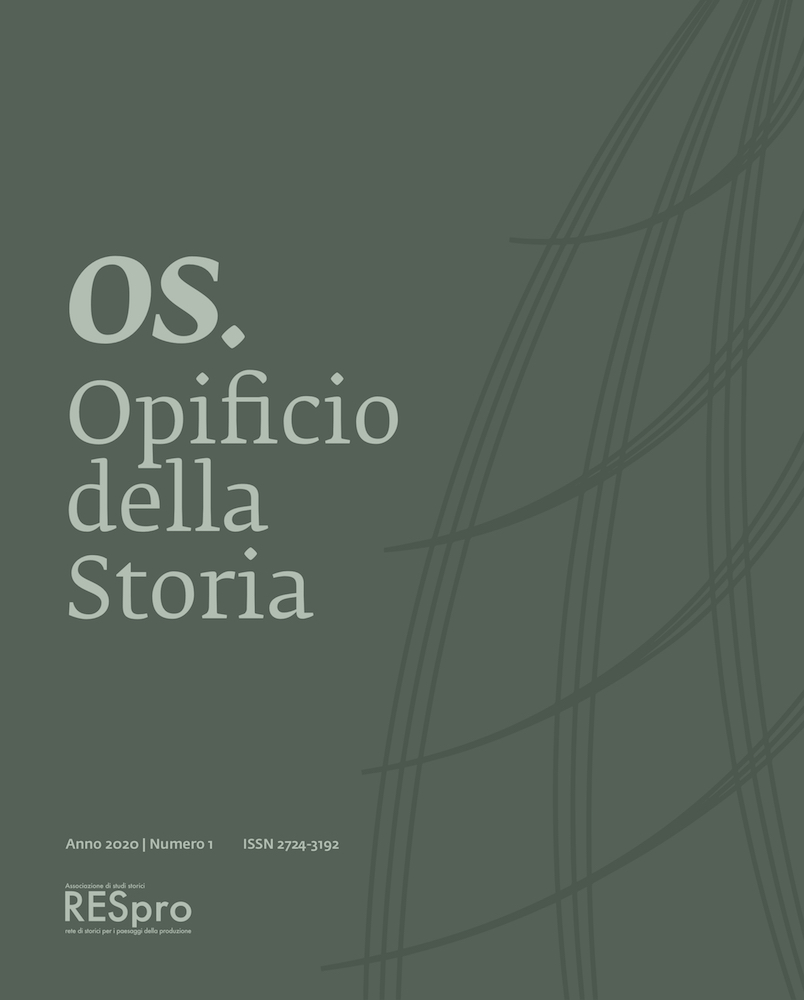"Intraprendenti" serici e filandieri in Umbria (XVIII-XX secolo).
Abstract
The paper reconstructs the evolution of the silky manufacturing-commercial sector in Umbria between the 18th and the early 20th centuries. The starting point is 1740, the year in which the art of silk was reintroduced in Perugia; the examination stops at the beginning of the 20th century with the closure of the last spinning mills active in the region. In the period under consideration the production of raw silk was consolidated in a circumscribed but dynamic group of cities, such as Perugia, Terni and Città di Castello. In the years immediately before the birth of the Kingdom of Italy, in these centers a small business was formed composed by merchants and silk entrepreneurs, a typology of economic operators scarcely investigated by research dedicated to the Umbrian territory. The situation changed after the establishment of the national market, when the competitive capacity reached by the northern productive apparatuses marked the decadence, and then the disappearance, of the silk manufacture in Umbria. Nevertheless, in the decades in which they were active, the plants for the production of raw silk played a fundamental role in the inclusion of the Umbrian economic circuits in the national network of commercial exchanges.


